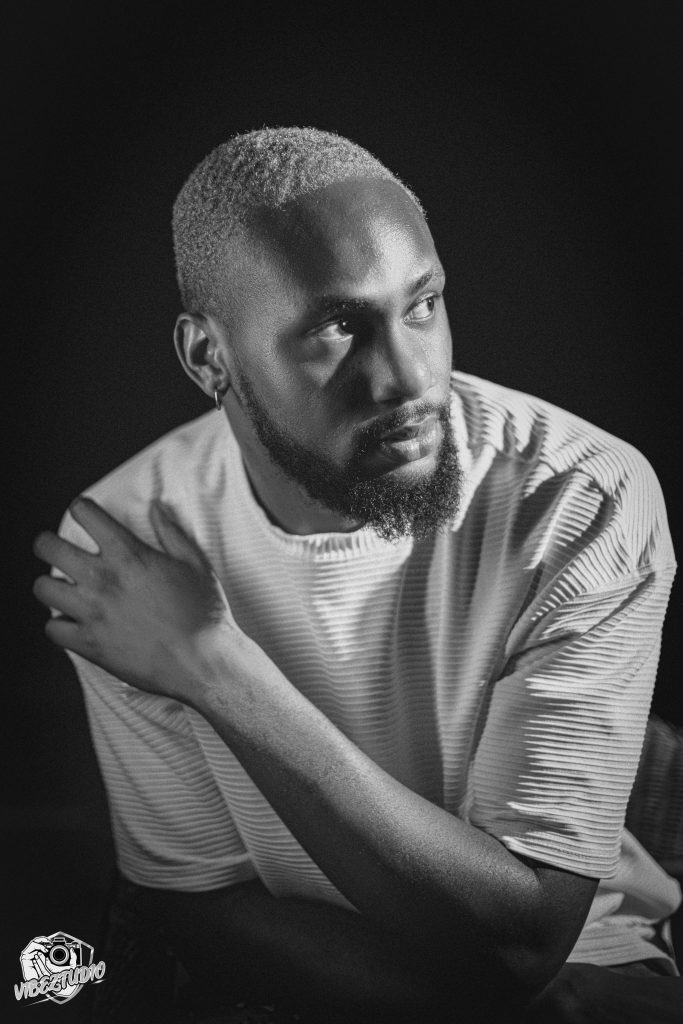Table of Contents
In portrait photography, contrast is key. It’s about playing with differences: high contrast for dramatic impact, low contrast for a softer look. In this article you’ll learn about high and low contrast in regards of portraits, the secrets of creating impactful portraits, monochromatic contrast, setup techniques, various types of contrast, its importance, and plenty of inspiring examples. By the end, you’ll be well-equipped to master the art of contrast and make your subjects truly shine.

What is High Contrast vs Low Contrast Portrait?
Contrast in portrait photography, contrast refers to the difference between the darkest and lightest parts of an image. High contrast portraits boast bold, striking differences between shadows and highlights, which can evoke a sense of drama and intensity. On the other hand, low contrast portraits have subtler transitions between light and shadow, creating a soft and dreamy atmosphere.
How do you Make High Contrast Portraits?
Creating high contrast portraits is a craft that involves both your shooting technique and post-processing skills.
Leveraging Lighting Techniques:
- Natural light can be your best friend. Position your subject to make the most of harsh sunlight or soft, diffused light depending on your desired effect.
- If artificial light is your choice, experiment with various light sources like strobes, softboxes, and reflectors.
Post-processing Tips:
- In post-production, use software like Adobe Lightroom to enhance contrast. Adjust the contrast slider, work with levels and curves, and consider dodging and burning to fine-tune details.
Monochromatic Contrast in Portrait Photography

Monochromatic contrast takes a different path. It’s about using a limited color palette to make your subject stand out. When the background and subject share a similar color, the contrast in tonal values becomes more pronounced. The result can be incredibly impactful.
Setup Techniques for Achieving Contrast
First Setup Contrast in Portrait Photography
Creating the perfect setting for your portrait is crucial. Your choice of location and backdrop can significantly affect contrast.
- Location: For your first setup, choose a location that complements your subject. Urban settings can provide a dramatic backdrop, while natural settings like forests or beaches offer a softer, contrasting element.
- Natural Light: When using natural light, consider the direction and intensity. Shooting during the “Golden Hour” or using diffusers can help you manipulate the contrast.
Second Setup Contrast in Portrait Photography
For a different vibe, artificial lighting can work wonders in achieving the desired contrast.
- Experiment with Artificial Lighting: Play around with artificial light sources, such as strobes or continuous lighting. They allow you to have more control over the intensity and direction of light.
- Balancing Highlights and Shadows: Achieving contrast is all about balancing highlights and shadows. Use reflectors or diffusers to fill in shadows and create a pleasing interplay between the two.
Third Setup Contrast in Portrait Photography
Sometimes, the third setup is all about adding more elements to the frame.
- Incorporate Props and Styling: Props and styling can create thematic contrast within the portrait. For example, pairing a vintage wardrobe with a modern setting or vice versa.
Types of Contrast in Portrait Photography
Contrast isn’t just about dark and light. It comes in various forms, each adding depth and interest to your images.
- Tonal Contrast: This is the classic interplay of dark and light areas.
- Textural Contrast: It focuses on differences in texture within the frame.
- Compositional Contrast: It involves using the composition itself to create contrast. For example, placing a subject against a patterned background.
- Emotional Contrast: This is all about conveying emotions that contrast with the subject’s appearance or surroundings. For instance, a serious face against a whimsical backdrop.
Importance of Contrast in Portrait Photography

- Drawing Attention: Contrast directs the viewer’s eye to the subject, ensuring they are the star of the frame.
- Emotional Impact: Depending on the level of contrast, you can evoke various emotions. High contrast can create drama, while low contrast can generate a sense of serenity.
Examples of Contrast in Portrait Photography

Sometimes, learning from examples is the best way to understand a concept.
- Famous Portraits: Study famous portraits by renowned photographers. Analyze their use of contrast to tell a story or convey a message.
- Emerging Talents: Explore the work of up-and-coming photographers. They often bring fresh ideas and innovative approaches to contrast.
Mastering contrast in portrait photography allows you tell stories differently through your pictures. It’s a dynamic tool that can breathe life into your images, whether you’re going for high drama or soft serenity. Experiment with the setups, study the different types of contrast, and, most importantly, practice and learn from the masters. Your subjects will thank you for it, so pick up your camera and go hit that Shutter Button.

